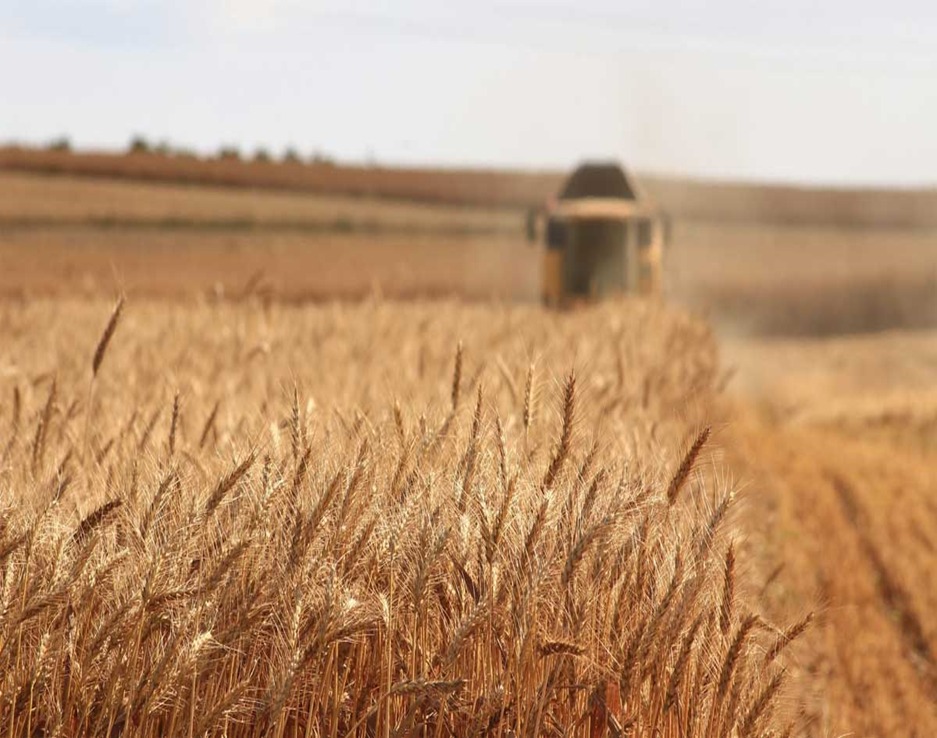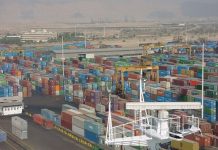ISLAMABAD: Pakistan’s agricultural sector, a key contributor to the country’s gross domestic product (GDP) and employment, is grappling with various challenges that hinder its growth towards reducing poverty and food insecurity.
Dr Shujaat Farooq, Dean at Pakistan Institute of Development Economics (PIDE), told WealthPK that the agriculture sector in Pakistan contributes one-fifth to its GDP, while 37.4% of employment is concentrated in this sector. 50 to 60% of exports are directly and indirectly linked to agriculture, and this sector is not helping in reducing poverty and hunger even in purely agriculture zones.
Dr Shujaat said poverty is still concentrated in agricultural zone, such as in southern Punjab and interior Sindh, where cash crops are grown, and added that poverty is less in barani (arid) areas in northern Punjab. He said the food insecurity situation in Pakistan is concerning, as more than 20% of the population is food insecure. He added that malnutrition is rampant in the country, with 37% of children experiencing stunted growth.
According to the World Bank, the ratio of malnourished children in Pakistan stands at 36.7% compared to Bangladesh at 30.2%, India at 30.9%, and Sri Lanka at 16%.
Dr Shujaat emphasised that there are three dimensions to food insecurity: availability, affordability, and stability, and inflation, which is currently at 40%, has made food purchase very difficult for the lower-middle class.
The expert highlighted that wastage and losses are other significant challenges that the agriculture sector is facing in Pakistan, with 8% of food losses at the production level, and 30% wasted after harvesting due to issues in the supply chain, storage, and wastage at homes. He added that this situation is worsening, with 36 million tonnes of food wasted, which is enough to feed the population of the mega cities of Karachi, Hyderabad, and Lahore combined.
Dr Shujaat highlighted that the production of five major crops, including wheat, cotton, sugarcane, maize, and rice, contributes 80% to the agriculture sector. He said that with passage of time, the production area has not increased in proportion of the increasing population. He suggested that the focus should be on rural transformation by shifting from low-yield crops to high-yield crops to increase yields.
A recent report by the Pakistan Business Council (PBC) shows that Pakistan has significant potential to enhance its per-acre yield of major crops including wheat, cotton, sugarcane, maize, and rice. The report highlights that the current yield of these crops falls short of the global best, with none exceeding 50% of the worldwide benchmark.
The PBC report cited the US Department of Agriculture data, which shows Pakistan’s wheat output at 3 t/ha, while Ireland’s yield is at 10.10 t/ha.
Similarly, Pakistan’s cotton output stands at 566 kg/ha, while China leads the world with a 2,032 kg/ha yield. Pakistan’s sugarcane output is 70.3 t/ha, while Peru leads with a yield of 115.8 t/ha. Pakistan’s maize production stands at 6.4 t/ha, while Saint Vincent and the Grenadines lead with an output of 30.3 t/ha. Finally, Pakistan’s rice production stands at 4 t/ha, while Egypt leads with a yield of 10.2 t/ha.
The report highlights several factors that have hindered the growth of Pakistan’s agriculture sector. These include fragmentation of land holdings, reliance on exploitative middlemen, gaps in affordability and availability of mechanisation and modern techniques, poor seed quality especially of cotton, wasteful use of water, outdated harvesting techniques, and weak cold chain and logistics leading to high post-harvest waste.
The report underscores the need for the government of Pakistan to take immediate steps to address these challenges. According to the report, the development of modern techniques and mechanisation, improvements in seed quality, water conservation, and logistics will not only help to increase per-acre yield, but also generate employment opportunities and contribute to the overall economic growth of the country.






